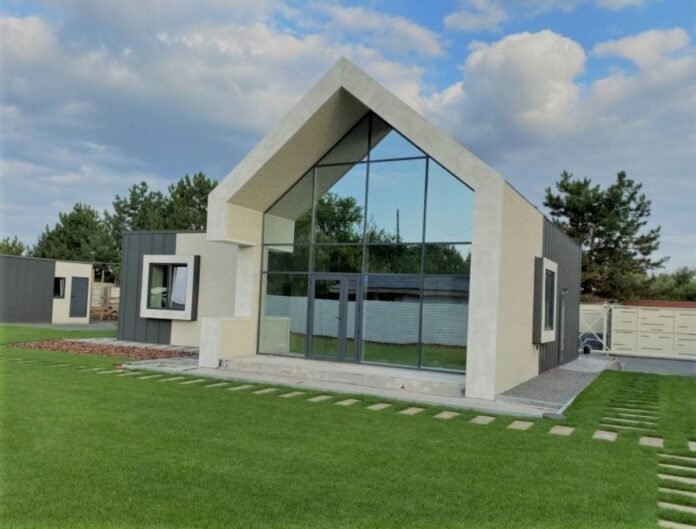Introduction to the Marvels of Prefabricated Houses
As the scarcity of affordable housing intensifies, traditional construction methods have been proven inadequate to respond to the burgeoning demands. Luckily, prefabricated houses have emerged as a revolutionary and viable solution to address this pressing issue, offering an array of unparalleled benefits compared to conventional building methods. This article will delve into the perks of prefabricated houses and their promising future in the housing industry.
The Astounding Benefits of Prefabricated Houses
Prefabricated houses, also known as modular homes, are dwellings constructed off-site in a factory and then transported to the building site in modules or sections, which are then assembled on-site to create a complete house. These prefab homes come in a wide range of styles and sizes, from modest cottages to towering skyscrapers.
Prefabricated houses have several advantages over traditional building methods. For instance, their speed of construction is unparalleled as they are built off-site, and hence can be completed much faster than traditional houses, which makes them the go-to choice for emergency housing or for individuals in dire need of homes. Moreover, since these modules are built in a factory, each module is constructed to the same exacting standards, ensuring that the final product is of consistent quality and meets all building codes.
The Economical and Eco-Friendly Features of Prefabricated Houses
Prefab homes are not only lightning-fast in construction, but they also offer cost-effectiveness, as building modules in a factory generates less waste, reducing material costs. Additionally, the time saved in construction translates to lower labor costs. Moreover, prefabricated houses are energy-efficient, which can save homeowners money on utility bills in the long run.
Prefabricated houses are also more sustainable and eco-friendly than traditional houses. Since they are built in a factory, there is less waste generated, and any waste that is produced can be recycled. Furthermore, many prefab homes are built using sustainable materials and are designed to be energy-efficient, which can reduce their environmental impact.
Customization Options of Prefabricated Houses
Prefabricated houses are not the cookie-cutter homes that people often assume. On the contrary, these houses offer a plethora of customization options. Homeowners can choose from a variety of styles and finishes, and they can even collaborate with the manufacturer to create a custom design that meets their unique needs and preferences.
Prefabricated Houses: The Future of Housing
As the demand for affordable housing continues to rise, prefab homes are rapidly emerging as the answer to the housing crisis. With their incomparable benefits over traditional construction methods, including speed, quality control, cost-effectiveness, sustainability, and customization options, it’s no wonder that prefabricated houses are the future of housing.
By embracing prefabricated houses, we can create more affordable and sustainable homes that meet the needs of our growing population. As technology and design continue to improve, prefabricated houses will become more advanced, efficient, and customizable.
However, it’s important to note that prefabricated houses are not without limitations. For example, transporting the modules to the building site can be challenging in some areas, and homeowners may face zoning or permitting issues. Homeowners should work closely with the manufacturer and local officials to ensure a smooth and successful build.
In conclusion, prefabricated houses are a game-changer in the housing industry, offering innovative and eco-friendly solutions to the pressing housing crisis. Their cost-effectiveness, sustainability, and customization options, coupled with their rapid construction, make them the go-to option for affordable and sustainable housing. With prefabricated houses, we can provide quality housing that meets the needs of our communities while reducing the impact on the environment.
The future of housing is definitely in prefabricated homes, and as technology advances, the possibilities will continue to expand, giving homeowners even more options to create their dream homes. It is imperative that we embrace this innovation and look to prefab houses as a potential solution to the housing crisis that is gripping the world today.
Google News | Telegram
















